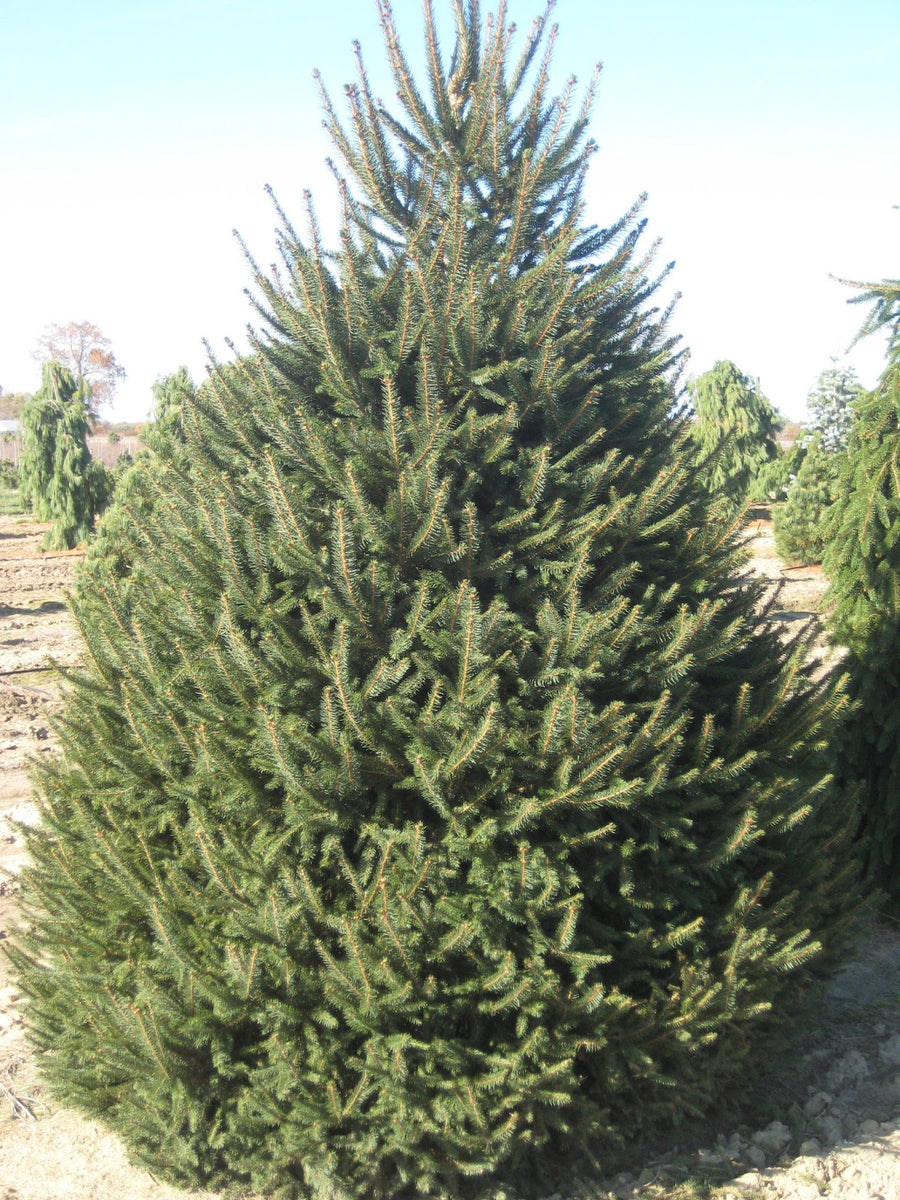

The twigs and needles were used to make antiscorbutic and diuretic beverages.For a graceful accent in your yard, or a rugged member of an effective windbreak, try Norway Spruce (Picea abies). Norway spruce resin has been used to make Burgundy pitch, and the twigs used to make Swiss turpentine. Norway spruce roots can be used as grafting stock for white spruce (Picea glauca). Norway spruce is widely planted for Christmas trees and as an ornamental. It is recommended for shelterbelt plantings in humid, severe-winter regions. Norway spruce has been planted for windbreaks and shelterbelts in western prairies, although it grows better in more humid environments. Grouse eat spruce leaves and the seeds are consumed by a number of birds and small mammals. Norway spruce provides important winter cover for a number of species of wildlife. Other animals browse spruce foliage but it is not a highly preferred food source for either wildlife or domestic animals. In Europe, red deer strip the bark of Norway spruce. Norway spruce is not a preferred browse for moose in Scandinavia young and middle-aged stands of Scotch pine form habitat preferred by moose over mature Scotch pine-Norway spruce forests and bogs. Browsing of seedlings and saplings in plantations can be intense, as young plantations form ideal winter habitat for snowshoe hares. Norway spruce seedlings are highly preferred winter browse for snowshoe hares in Quebec. In Maine, thinned and standing dead Norway spruce produced pulp of good strength as reported in a study of the pulp potential. Norway spruce is one of the most common and economically important coniferous species in Europe and Scandinavia. It is widely used for construction, pulp, furniture, and musical instruments. Norway spruce wood is strong, soft, straight- and fine-grained, and easily worked. Mature Norway spruce forests typically have very little groundlayer vegetation. Understory species most often associated with Norway spruce in Poland include raspberry (Rubus idaeus) and European mountain-ash (Sorbus aucuparia). Vaccinium types are usually rather barren and not suited for good spruce growth. Good sites for Norway spruce occur on Oxalis-Myrtillus types and fair sites are indicated by Myrtillus. vitis-idaea), heather (Calluna vulgaris), and woodsorrel (Oxalis spp.). Common groundlayer species include bilberry (Vaccinium myrtillus), lingonberry (V. Classification systems for Scandinavian forests where Norway spruce and/or Scotch pine are the major species are based on ground vegetation. Scattered Norway spruce occurs in seral stands of European aspen (Populus tremula) or hairy birch (Betula pubescens). In its native range, Norway spruce occurs in pure stands, transitional stands mixed with Scotch pine (Pinus sylvestris), or mixed stands with European beech (Fagus sylvatica) and European silver fir (Abies alba). Naturalized populations are known from Connecticut to Michigan and probably occur elsewhere. It was introduced to the British Isles as early as 1500 AD, and is widely planted in North America, particularly in the northeastern United States, southeastern Canada, the Pacific Coast states, and the Rocky Mountain states. Norway spruce is native to the European Alps, the Balkan mountains, and the Carpathians, its range extending north to Scandinavia and merging with Siberian spruce (Picea obovata) in northern Russia. The root system is shallow and often dense, particularly close to the trunk which makes growing grass difficult. Many small-diameter roots originate from the base of the trunk and they are often found fairly close to the surface of the soil.

On very old specimens the lower branches increase to 12" or more in diameter and the top becomes open. Branchlets droop from the branches toward the ground in a graceful, weeping fashion forming a delicate pyramid. Small-diameter branches sweep horizontally from the straight trunk which can grow to four feet thick. Norway Spruce can grow 80 to 100 feet tall and spread 25 to 40 feet, though some listed cultivars are shrublike.


 0 kommentar(er)
0 kommentar(er)
